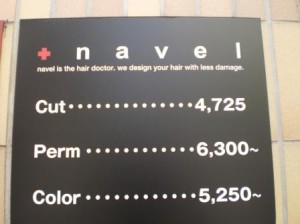Top small business ideas – earn more, work less
The time you spend in your business can be divided into two parts
- Money making time
- Non money making time
The more time you spend making money or the more money you make in the time you allow yourself, the more time you can spend doing the non money making activities.
Just to be clear, my definition of non money making activities includes admin time, down time, talking time and time spent not being at work at all. That is, leisure time.
So the challenge becomes how to earn more and work less and ultimately increase family and leisure time!
There are several ways to achieve this but here are three (3) that you should think about early:
Become a specialist
If you become a specialist then you can place a price premium on your work. If you are a generalist who will do anything because you are desperate for work, then you place yourself in the price competitive category. It is the dreaded scattergun approach and you feel as though you are competing with the whole world. One word of warning though! To be a specialist, you must be good at what you do.
Raise your prices
If you are like most new owners of small business, you take a vow of poverty before you make your first sale. You become reluctant to charge too much. When you are just starting out, you don’t have the confidence to place much value on your own time and you are also worried that existing customers will leave and new customers will stop coming. Nothing could be further from the truth.
Customers do not place much value on a service that you give cheaply. In the minds of many customers – if it is dearer it must be better, particularly if you do things a little differently. People who are happy with your service rarely leave just because you raised prices. It is too much hassle for people who have come to rely on you.
Play hard to get
Customers hate the feeling of missing out. You will see this phenomenon if you watch restaurant browsers. Customers walking past a row of restaurants will avoid the empty ones and go into the one where all the people are. The famous movie line, “I’ll have what she’s having!” holds true.
Don’t be available ‘now’ all of the time. For most customers, schedule an appointment. For your best customers, make them feel special by giving your time at short notice. If you make your time scarce to others, then you give the impression that you are busy all the time. And if you are busy, you must be good, right?
If you want to read some interesting articles on Aiki-business (how the Japanese art of Aikido applies to Western business) visit my other blog at: http://www.aikido-secrets-to-calm-success.com
Thank you Dean Miscamble for your amazing action photo http://www.spiralphotography.com.au
Until next time!
Gary








